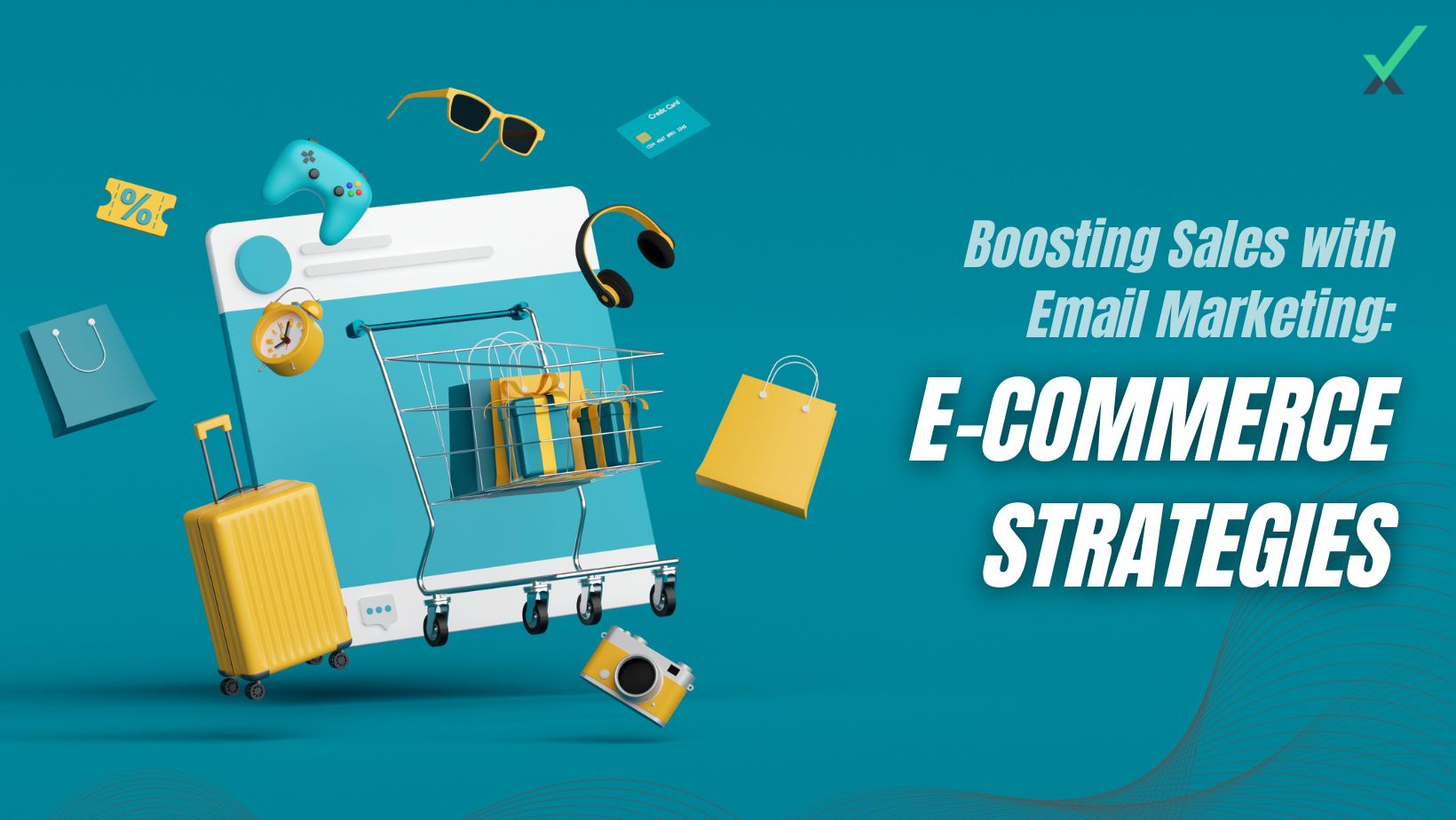Email marketing is a powerful tool for e-commerce businesses to drive sales, increase customer engagement, and build brand loyalty. By implementing effective strategies, you can capitalize on the potential of email marketing to boost your e-commerce sales. In this blog, we will explore user-friendly steps and small examples to help you optimize your email marketing campaigns and achieve remarkable results.
Step 1: Build a Quality Email List
Start by building a quality email list of subscribers who have opted in to receive emails from your e-commerce business. Use an email verifier tool to ensure your list is clean and contains valid email addresses. This will maximize deliverability, open rates, and conversions.
Step 2: Segment Your Email List
Segmentation is crucial for sending targeted and personalized emails to specific segments of your audience. Categorize your subscribers based on their past purchases, interests, or demographic data. This allows you to tailor your email content and offers to their preferences, increasing the chances of conversion.
Step 3: Use Enticing Subject Lines
Craft compelling subject lines that grab attention and entice subscribers to open your emails. Incorporate personalization and urgency to create a sense of relevance and importance.
Example:
"Exclusive Offer: Get 25% off on Your Favorite Products Today Only!"
Step 4: Leverage Automated Email Campaigns
Set up automated email campaigns to nurture your leads and guide them through the customer journey. Triggered emails, such as abandoned cart reminders, welcome emails, and post-purchase follow-ups, can significantly improve your sales conversion rates.
Step 5: Showcase Your Products with High-Quality Images
Include high-quality product images in your emails to showcase your offerings effectively. Visuals play a crucial role in capturing the attention of your subscribers and enticing them to make a purchase.
Step 6: Implement Personalization and Dynamic Content
Personalize your email content by including your subscribers' names, recommended products based on past purchases, or personalized product recommendations. Use dynamic content that adapts to each subscriber's preferences.
Example:
"Hi [Subscriber Name], we thought you might like these products based on your past purchases."
Step 7: Create Urgency and Scarcity
Use limited-time offers, flash sales, or countdown timers to create a sense of urgency and scarcity. This encourages subscribers to take immediate action and make a purchase.
Step 8: Optimize Your Emails for Mobile Devices
Ensure that your emails are mobile-friendly and responsive across different devices and email clients. A significant portion of your subscribers will be accessing their emails on mobile devices, so it's crucial to provide a seamless user experience.
Step 9: Monitor Metrics and Make Data-Driven Decisions
Track key metrics such as open rates, click-through rates, and conversion rates to assess the effectiveness of your email campaigns. Use this data to make data-driven decisions and continuously optimize your strategies.
Conclusion:
By leveraging email verifier tools, B2B lead generation tactics, and dedicated SMTP services, you can implement email marketing strategies that significantly boost sales for your e-commerce business. Focus on building a quality email list, segmenting your audience, crafting enticing subject lines, and personalizing your content. Incorporate automation, high-quality images, urgency, and mobile optimization to drive conversions. Unlock the email marketing secrets and watch your e-commerce business thrive.
For deeper insights into cold email marketing, explore "Crafting Compelling Calls-to-Action in Your Email Marketing".


